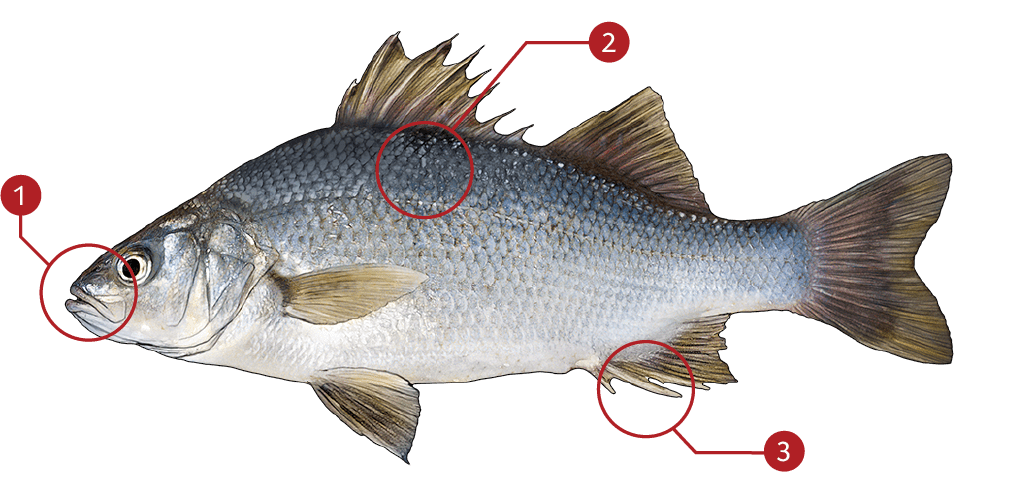WHITE PERCH
How to identify a White Perch
It is smaller, shorter, and stockier than the striped bass, but it is very similar in appearance to the white bass. The most noticeable difference is that the white perch lacks the stripes that are present on both of the other species. The white perch is far more coastal in occurrence than the white bass and most of the overlap in their distributions occurs in the area of the Great Lakes and upper St. Lawrence River. The white perch varies in coloration, ranging from pale olive or silvery green on the sides and silvery white on the belly to a much darker tone with a little hint of silver, especially in inland freshwater specimens.
Where to catch White Perch
The white perch is most commonly found in brackish waters of the Atlantic coast of North America from South Carolina north to the upper St. Lawrence River and the southern Gulf of St. Lawrence as well as throughout Nova Scotia to Cape Breton Island, Prince Edward Island, and New Brunswick. It is especially abundant in the Hudson River and the Chesapeake Bay area, and is quite common in Lake Ontario. In Lake Erie, it seems to be replaced by the white bass, Morone chrysops.
IDENTIFICATION

| |
White perch do not have teeth on the tongue |
| |
Pale olive or silvery green on the sides and silvery white on the belly |
| |
Anal fin contains three noticeable spins |
TARGET AREAS
|
|
Acknowledgements: We thank TAKEMEFISHING.org (www.takemefishing.org), Wisconsin Department of Natural Resources, Indiana Department of Natural Resources for their contributions to these FISH FACTS.

